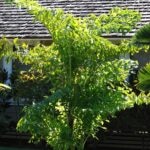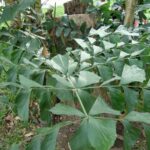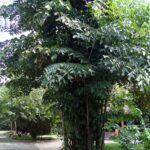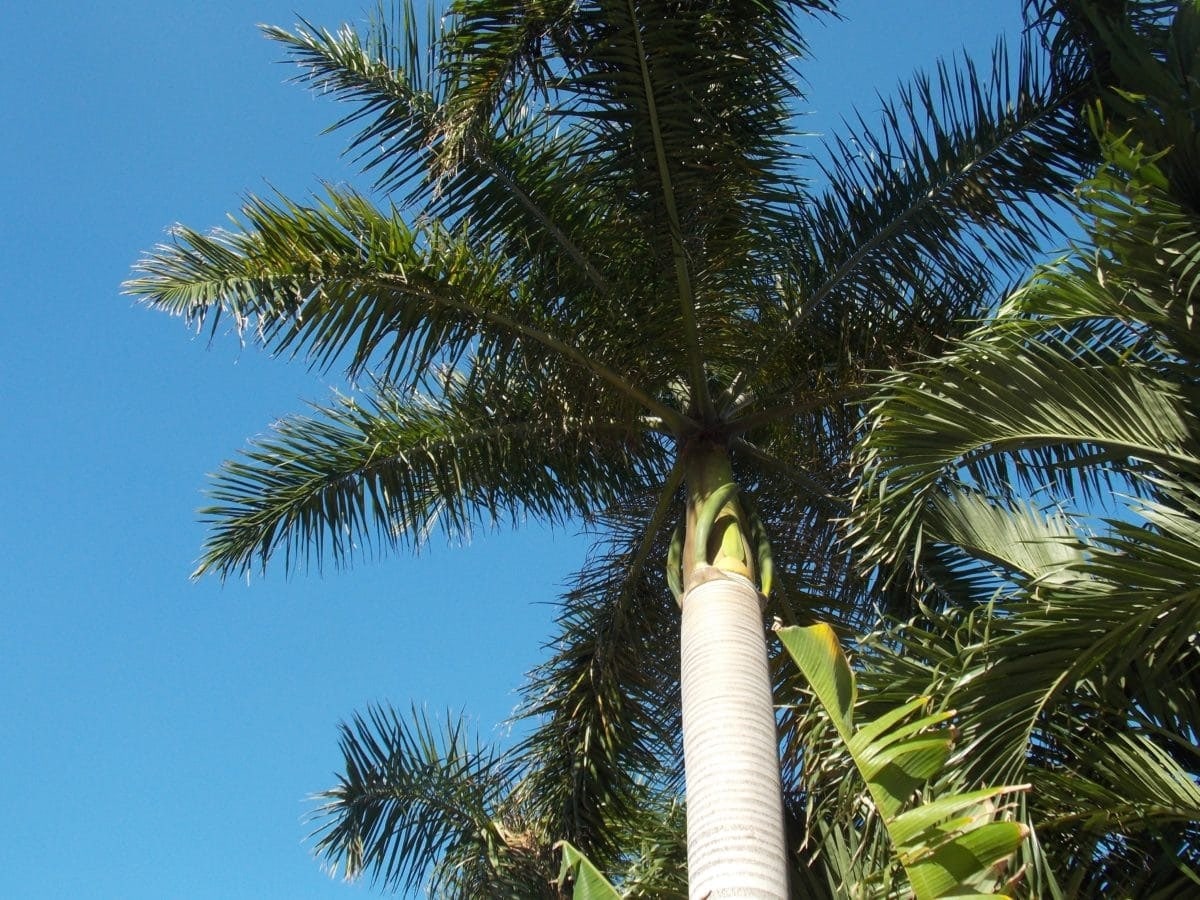
What do palm trees have that they like so much? The truth is that I do not know. Perhaps his bearing, his majesty. They are plants that seem to want to touch the sky with their leaves, helping themselves, in the vast majority of cases, with a single trunk that is not a true trunk since it does not have a cambium as trees do, for what is known as a stipe Some have red stems and/or leaves, others, although they are green, are so beautiful that it is difficult to forget them, such as the exotic Cuban royal palm or our beloved Canary Island palm.
If we want to have a tropical garden, or decorate the house with some of the rare and beautiful tropical palm species, it is important to know them first. And there are more than 3000 species, and the vast majority of them grow precisely in the jungles near the equator. Here we show you ten of the easiest to get.
Areca (Dypsis lutescens)
The plant known by the name of areca It is a multi-stemmed palm native to Madagascar. It grows to a height of 3-4 meters, and each stem thickens about 20 centimeters at most.. Its leaves are pinnate, green and slightly arched, especially when adult. It is by far the most commonly kept tropical palm in gardens where the climate is warm, as well as in homes.
Its growth rate is fast when the weather is good, but when it is not, it is rather medium/slow. I have three: one at home that grows even in winter, and two in the garden that rest until spring comes. While the first grows at a rate of 15-20 centimeters/year, the others grow at 5-10 centimeters/year. The good thing is that they resist cold, but not frost.
harangue (English harangue)
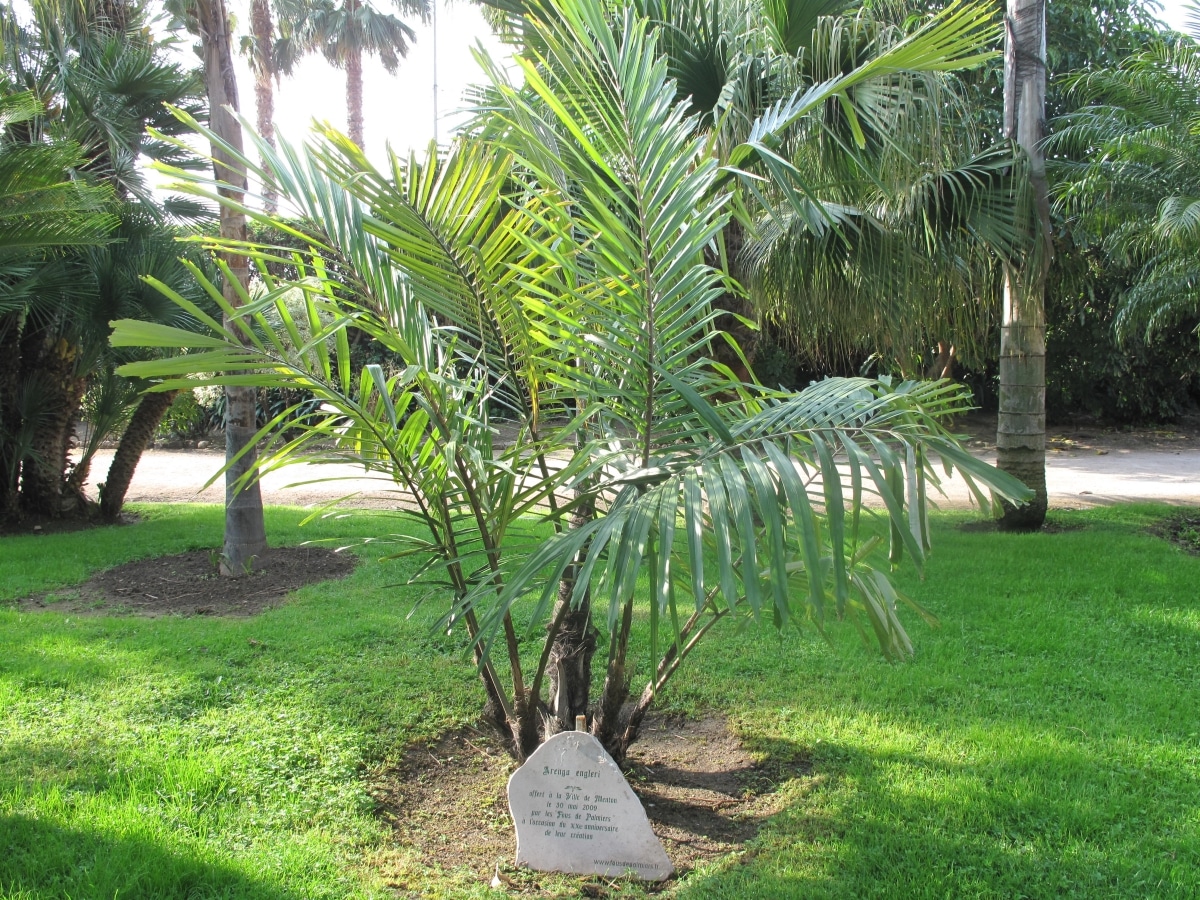
The arenga is a multi-stemmed palm native to southern Japan and Taiwan, which grows up to 5 meters high by about the same width. It has pinnate leaves up to 3 meters long, slightly curved, dark green on the upper side and silvery on the underside. It only flowers once in its life, after which it produces a large number of seeds and then dies.
But for that to happen many years must pass before. And the harangue is a slow-growing plant; in fact, during its first years of life it usually takes out no more than 3 leaves per season. It is easy to care for, as long as it is placed in the shade if it is to be kept in the garden, or in a room where a lot of light enters. Resists up to -4ºC.
Beccariophoenix alfredii

Image - Wikimedia / Zeeth14
La Beccariophoenix alfredii is a species native to Madagascar that closely resembles the coconut palm; in fact, he is related to her. But nevertheless, tolerates cold and can even withstand occasional frosts down to -2ºC, which is why I think it should be grown more in those places where the winter is not too harsh.
Reaches 15 meters in height, and develops a single stipe or pseudotrunk up to 30 centimeters thick. It has a crown of pinnate, green leaves, 2-3 meters long. It is a gem that lives in full sun, and is able to withstand short periods of drought if it has been planted in the ground for more than a year.
Chamaedoa Radicalis.
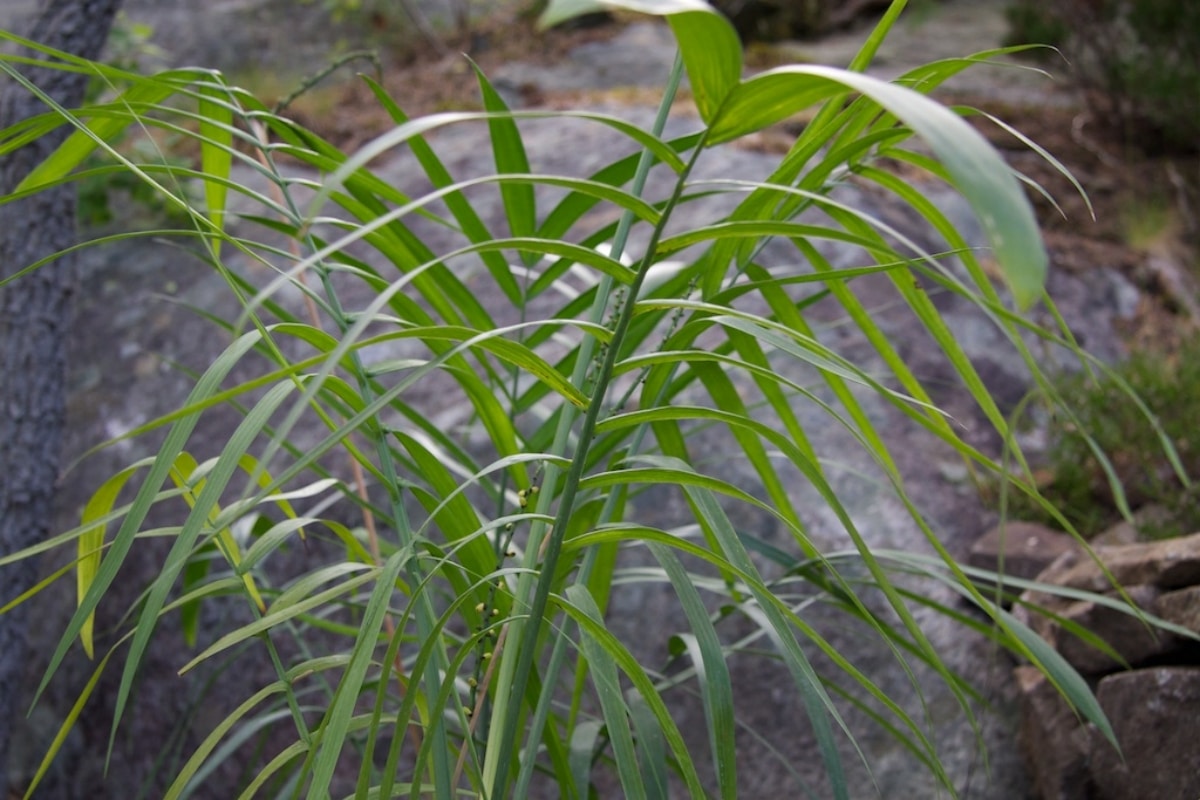
Image - Wikimedia / Danerikk
La Chamaedoa Radicalis. is a close relative of Chamaedorea elegans. Not only do they share genes, but like her, they are native to Mexico, and develop a very thin stem or pseudo-trunk, about 3 centimeters thick. Yes, it is a little higher: reaches 3-4 meters in height, while C. elegans stays at 2-3 meters. Its leaves are pinnate, green, and grow upwards, arching slightly.
It is very easy to care for: you just have to put it in the shade, or in a room with light if you prefer to have it at home, and water it from time to time. Resists frost down to -4ºC.
Fiji palm (Prichardia pacifica)
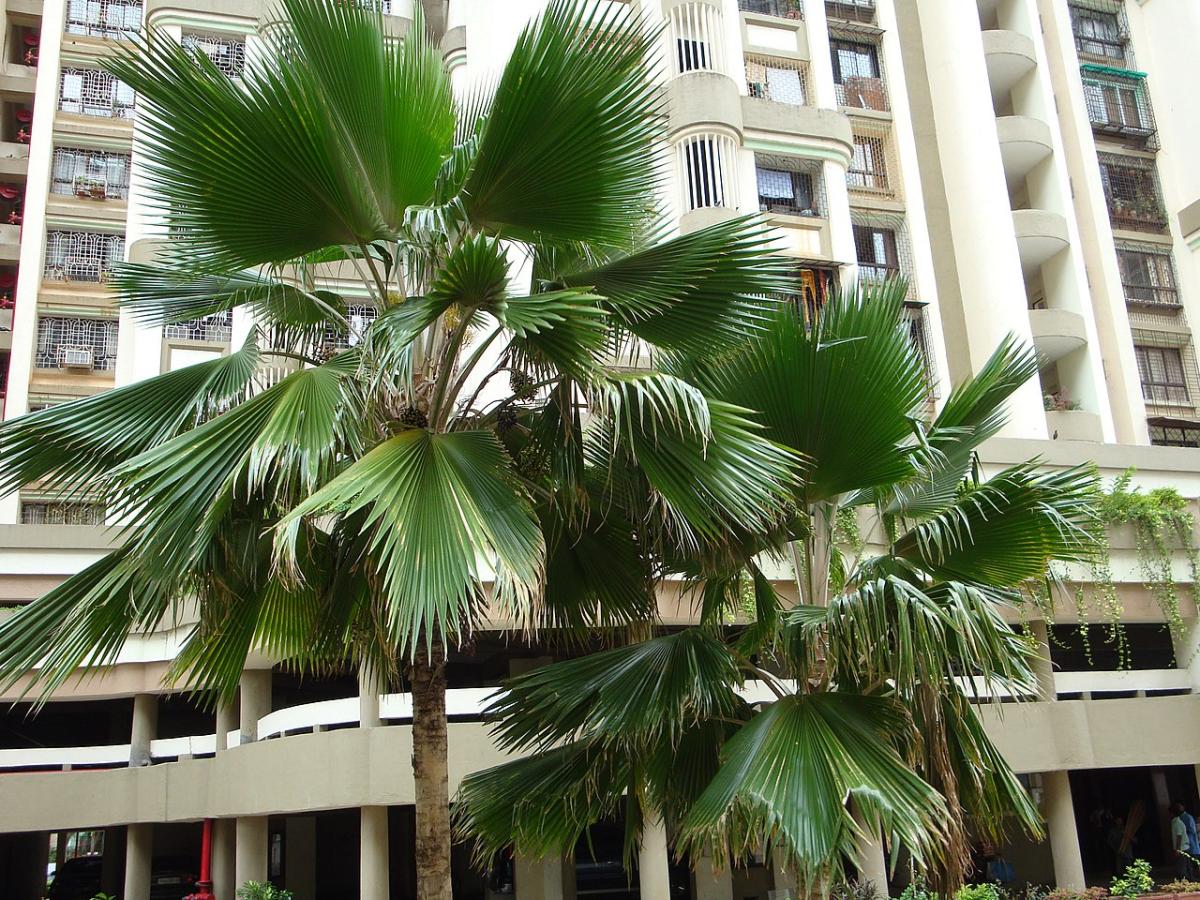
Image - Wikimedia / Kumar83
The Fiji palm is a plant native to Tonga, although it also grows in Fiji. Reaches a height of 15 meters, and develops a thin stipe whose thickness is 15-20 centimeters at most. Its crown is composed of fan-shaped leaves, glaucous green, and up to 1 meter in diameter.
It is a rare tropical palm tree, which likes the humid tropical climate and the sun. It is also possible to have it in a pot, although we recommend planting it in the ground if there are no frosts in the area.
Christmas Palm (Adonidia merrillii)
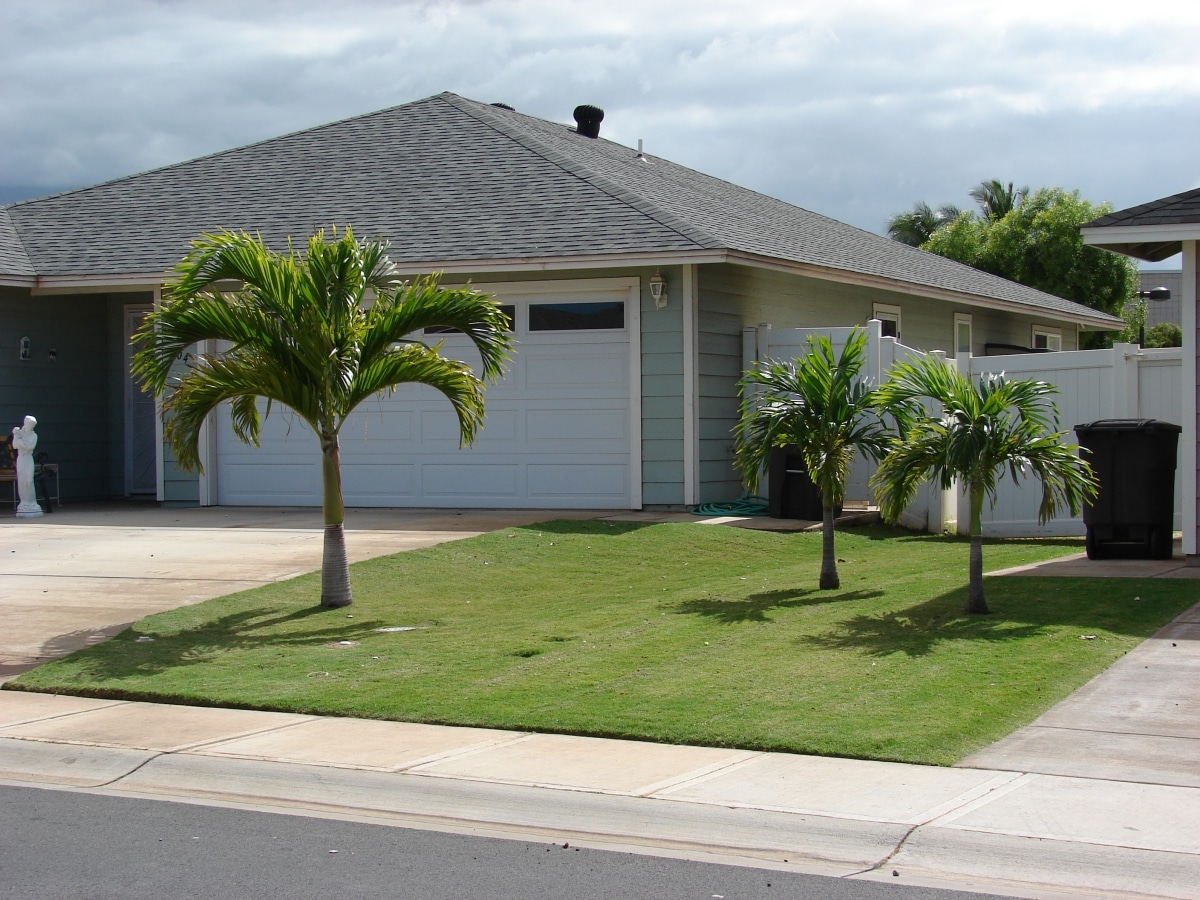
Image - Wikimedia / Forest & Kim Starr
The Christmas palm or palm tree is native to the Philippines. It develops a stipe or false trunk of only 15 centimeters thick by 10 meters high., crowned by pinnate leaves that grow arched, a feature that gives it a curious appearance. It is widely cultivated in countries that enjoy a humid tropical climate: either as an isolated specimen, or in groups or alignments. In temperate regions it can become a beautiful, although demanding, houseplant, not in vain, it needs light and heat to grow well.
Of course, everything must be said: of all the tropical palm trees that can be obtained relatively easily in Spain, this It is one of those that best tolerate cold (5-10ºC), but beware, not frost.
fishtail palm (mild caryota)
- Image – Wikimedia/Forest & Kim Starr // Caryota mitis
- Image - Wikimedia / Prenn
- Image - Wikimedia / Prenn
La fishtail palm tree, or fishtail palm as it is also sometimes called, is a multi-stemmed plant, that is, it develops several stipes or false trunks, native to Southeast Asia. It grows up to 12 meters in height, and produces bipinnate leaves whose leaflets or pinnae are dark green.
It is one of the few monocarpic palms, that is, it only blooms once in its life and after producing seeds it will die. Luckily, if you have several stems, only the one that has flowered will dry up. Also, its growth can be very slow when grown in temperate locations. But this is an advantage, since it is possible to keep it in a pot for many years. What's more, It resists up to -1ºC as long as they are punctual frosts.
Cuban royal palm (Roystonea regia)
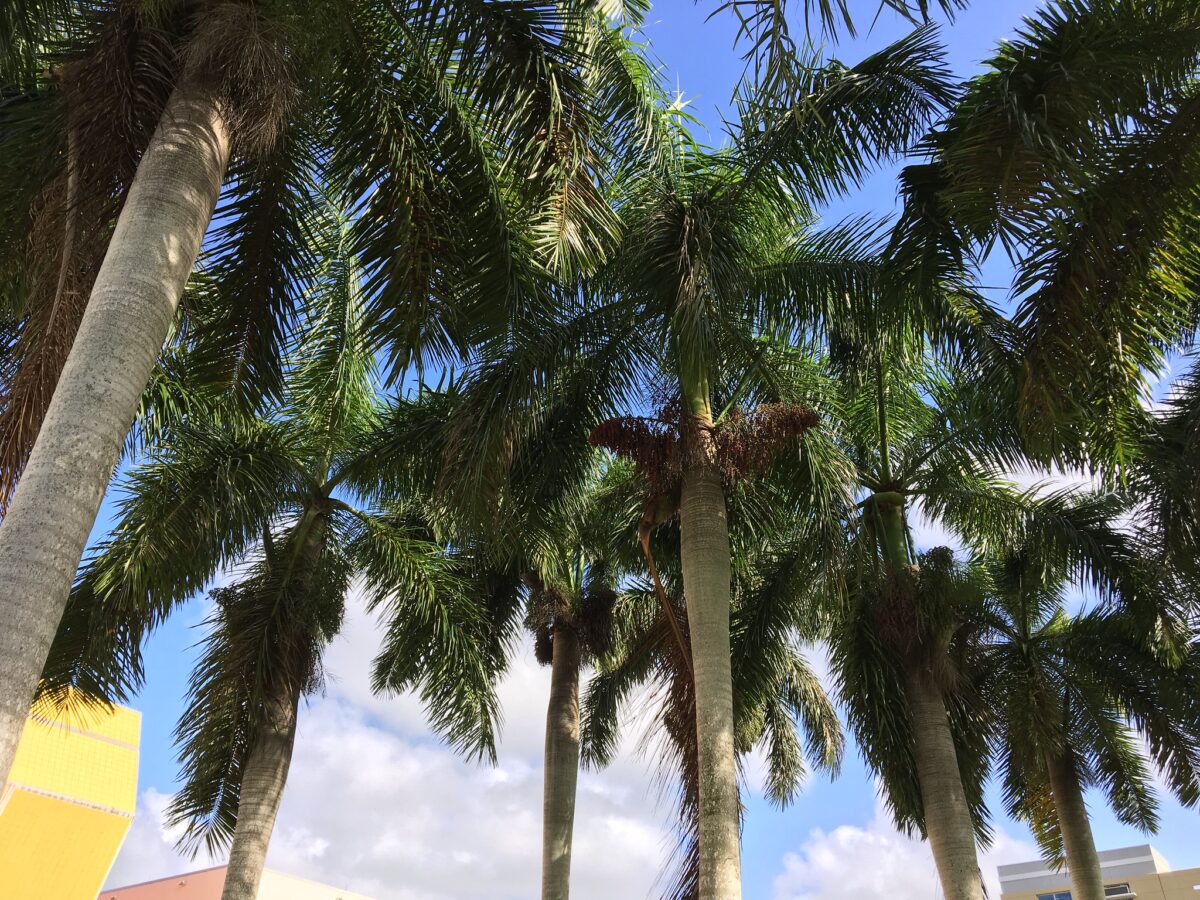
Image – Flickr/Scott Zone
La royal cuban palm tree It is a monocaule species (with a single stipe or pseudo-trunk) native to Cuba, but also to Honduras, Hispaniola, Belize, the Cayman Islands, Florida and Mexico. It reaches a height of up to 25 meters, with a stem or pseudo-trunk 50 centimeters in diameter.. The leaves are pinnate and very long, since they can measure up to 6 meters in length in their natural habitat.
It is a plant that is usually cultivated, either as an isolated specimen, or in alignments. When it enjoys warm, frost-free weather, it grows well, but when it doesn't, it produces only a few leaves a year and barely grows in height. However, it can withstand the cold and even weak and punctual frosts of up to -1.5ºC if it is in a protected area.
Red palm tree (Cyrtostachys renda)
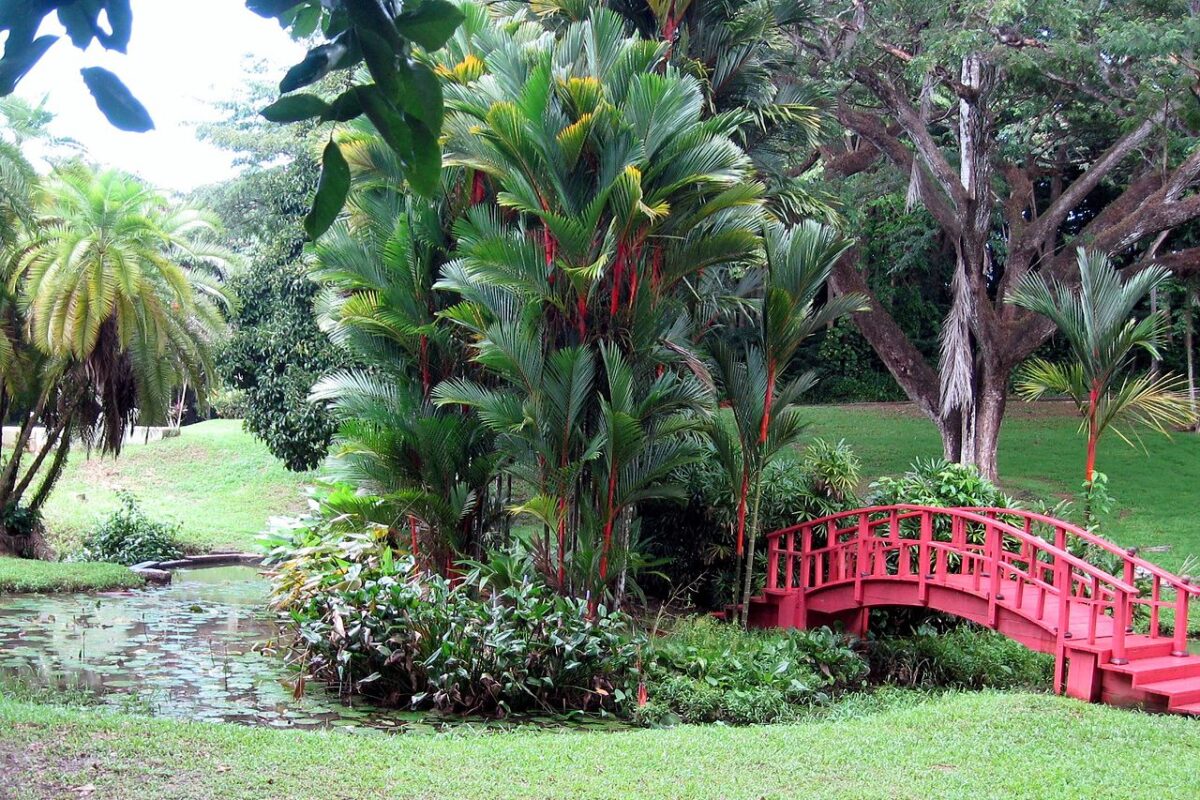
Image - Wikimedia / Moebiusuibeom-en
La red palm tree, or red-stemmed palm, is a species native to Sumatra that develops several thin, red stems/false trunks. It has few leaves, but the ones it does have are more than enough to make any garden, patio or terrace look great. It is also possible to grow it indoors, although it is very demanding, since It needs a lot of indirect light, high ambient humidity, and heat, with temperatures between 18 and 30ºC.
Reaches 12 meters in height, but if you have it in a container it stays smaller. Even so, and as I say, it adapts well to living in pots, as long as it is planted in a larger one every 3 or 4 years. Its stems are thin, and like all palm trees, it develops adventitious roots, which do not have the strength to break anything.
oil palm (Elaeis guineensis)
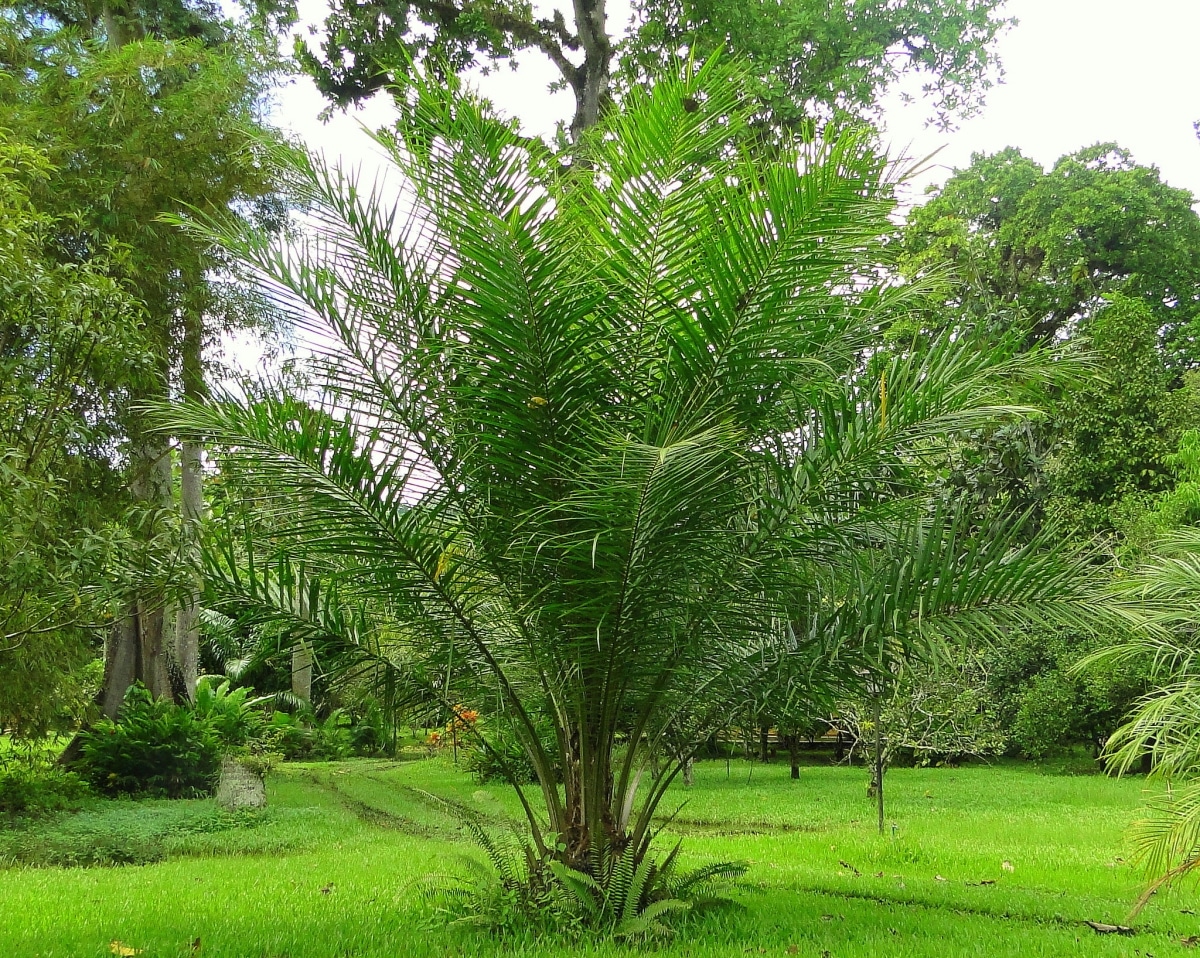
Image - Flickr / barloventomagico
For many, the oil palm it is a non grata plant. Reasons are not lacking: it is one of the most cultivated in deforested land, it is even said that it is the new "green gold" of Asia. Where before there was a lush forest, there are now plantations of Elaeis guineensis. But from my point of view, it is a very serious mistake to demonize plants for the (bad) actions of humans. And it is that It is a very pretty species, which looks great in a garden.
It is native to tropical Africa. It reaches about 20 meters in height (in its natural habitat it reaches 40m), and yet its stem remains thin, about 30 centimeters thick. Its leaves are pinnate, green, and measure up to 3 meters in length. Of course, it cannot lack light or heat: it does not like the cold at all.
Which of these rare and beautiful tropical palm trees did you like the most?
